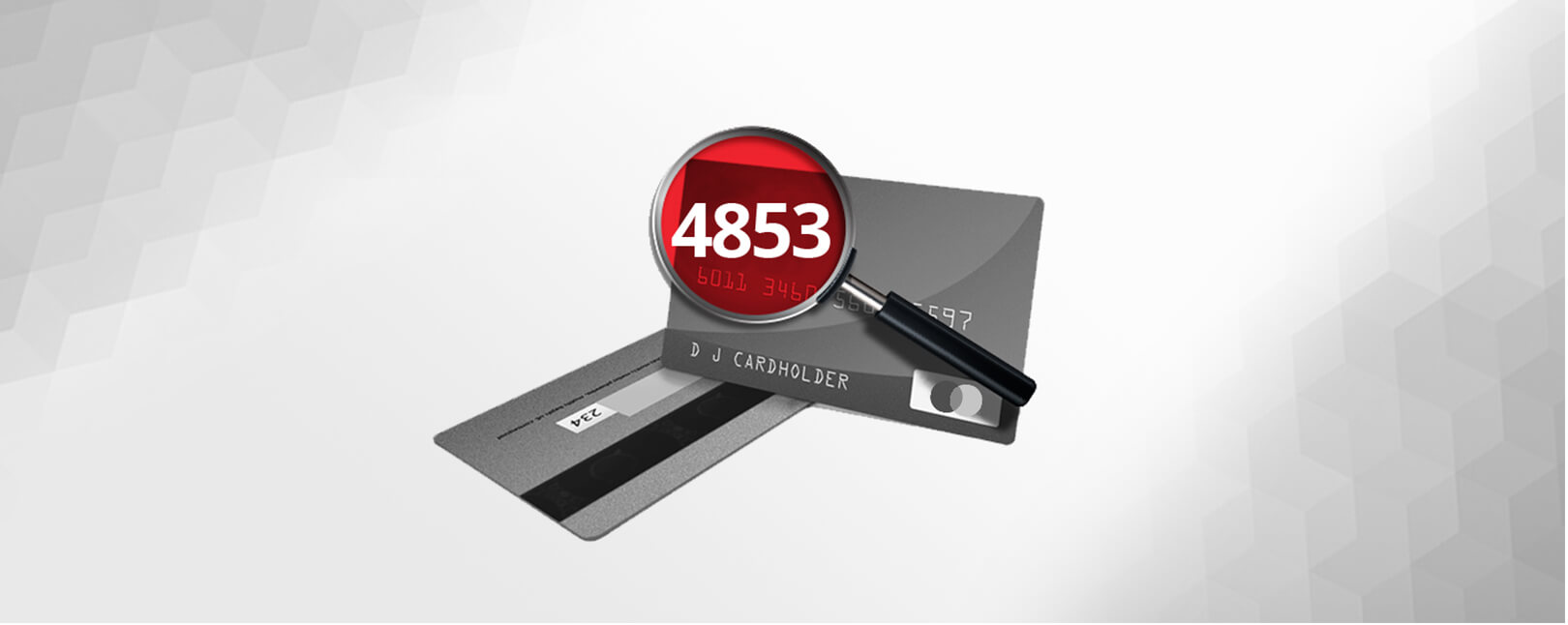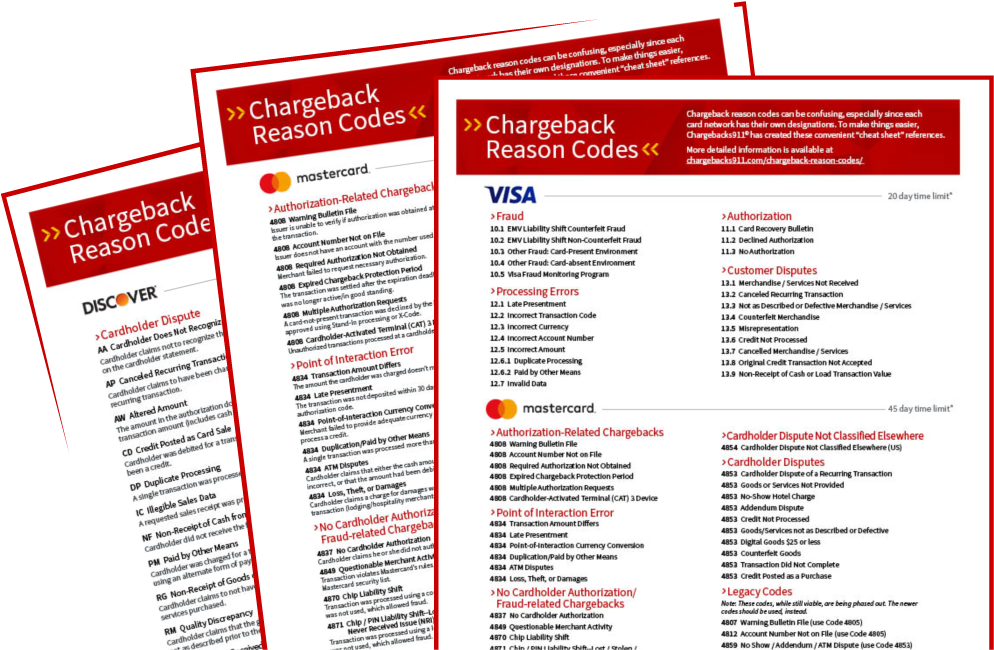 Mastercard Reason Code 4853: Digital Goods Purchase of $25 or Less
Mastercard Reason Code 4853: Digital Goods Purchase of $25 or Less
Mastercard chargeback reason code 4853 is one of the numeric labels assigned by banks to each customer dispute, indicating the given reason for the claim. We say the given reason because it may or may not reflect the true reason.
Under certain circumstances, Mastercard may allow consumers to reverse a payment card transaction by filing a chargeback. Chargebacks were designed to be a “last-resort” for disagreements that cannot be resolved with the merchant, but are more and more often used as a loophole to commit fraud.
Reason code 4853 refers to the broad category designated “Cardholder Disputes.” In general, this means the cardholder was not happy with a purchase, and blames the merchant. The code can be used in multiple specific situations; when necessary, an additional message will be provided along with the reason code to inform the merchant which particular type of chargeback applies to the claim.
This can all get very confusing. So, let’s take a closer look at one of the specific claims featuring a 4853 reason code, “Digital Goods—Purchase of $25 or Less.”
Should Merchants Worry About Reason Code 4853 Chargebacks?
Chargeback questions? We have answers. Click to learn more.

What Is a Digital Goods Chargeback?
Chargeback reason code 4853 can be used to indicate disputes where the cardholder claims that unauthorized purchases were made from a digital account with a merchant (among other conditions). The implication is that the merchant failed to put adequate purchase controls on the account when it was set up. Thus, the merchant is at fault for the purchase.
This starts with a merchant who sells digital goods of some sort. This could be anything that is stored, delivered, and/or used in electronic format. For example, it could cover software, to streaming entertainment, to online instruction courses or gaming. The digital goods can consist of a one-time download, or something accessed on a subscription basis.
Whatever the item in question, the cardholder provides data to the merchant and authorizes a certain amount for the purchase. In this instance, the amount must total US $25 or less. In turn, the merchant sets up an account for future purchases. In other words, the actual card transaction is for “credit” that can be traded for digital goods at a later date.
The merchant is responsible for this account. This includes implementing strong controls to limit the purchasing power to the amount in the account. At a minimum, these controls must consist of:
- An option that allows the cardholder to disable all digital goods purchases (this must be made the default mode at setup).
- An “account open” period; the window of time allowed to make a digital goods purchase through the account. This should last no more than 15 minutes from the time authentication credentials are entered.
- Capability for the cardholder to either confirm or cancel the total transaction amount (which must be clearly displayed) before completing the transaction.
The merchant may receive a chargeback with a “digital goods” reason code if an unauthorized purchase is made through the account, and these controls (at minimum) are not in place.
Obviously, if a business regularly receives legitimate chargebacks for this reason, there’s a problem to address. But, as we alluded to earlier, a false reason code may be used to mask an attempt at fraud. For example, a member of the cardholder’s household may make additional purchases. The cardholder may try to claim the transactions were unauthorized and took place after the allowable time window.
Of course, if the purchase controls are in place, evidence to counter the customer’s claim should be easy to find. That is only helpful, however, if such evidence comes to light. Thus, it’s vital that merchants carefully investigate suspicious claims and challenge invalid chargebacks through the representment process.
Digital Goods Customer Disputes: Conditions and Response
Issuers have a limited timeframe in which to file chargebacks with a 4853 reason code. The chargeback must be initiated within 120 calendar days of the transaction settlement date.
The good news: the responsibility for these chargebacks rests totally on the merchant. This means they should be 100% preventable by simply adhering to Mastercard regulations. If planning to sell digital goods, the merchant should do the following:
- Disable purchasing ability by default and require cardholders to opt-in before purchasing.
- Require cardholders to confirm that purchases either a) can be made without additional authentication, or b) authentication must be provided prior to each purchase.
- If the customer chooses to require authentication before each purchase, the merchant should allow authentication for no more than 15 minutes, after which the password or other information must be re-entered.
- At checkout, clearly display the total purchase amount for each upcoming purchase; require the customer to confirm or cancel before proceeding.
- Follow each purchase with a confirmation text or email to the cardholder.
Chargeback Prevention: A Wider View
While merchants can take many steps to help prevent legitimate claims, fraudulent chargebacks are another matter: friendly fraud is post-transactional in nature, meaning there’s no sure way to identify it beforehand. Merchants can do everything “right” yet still have a customer dispute filed against them.
So while it’s generally more efficient to take a proactive stance when it comes to chargeback management, a truly effective strategy must encompass both prevention and disputing cases of friendly fraud.
Chargebacks911® can help your business manage all aspects of chargeback reason codes, with proprietary technologies and experience-based expertise. Contact us today for a free ROI analysis to learn how much more you could save.









